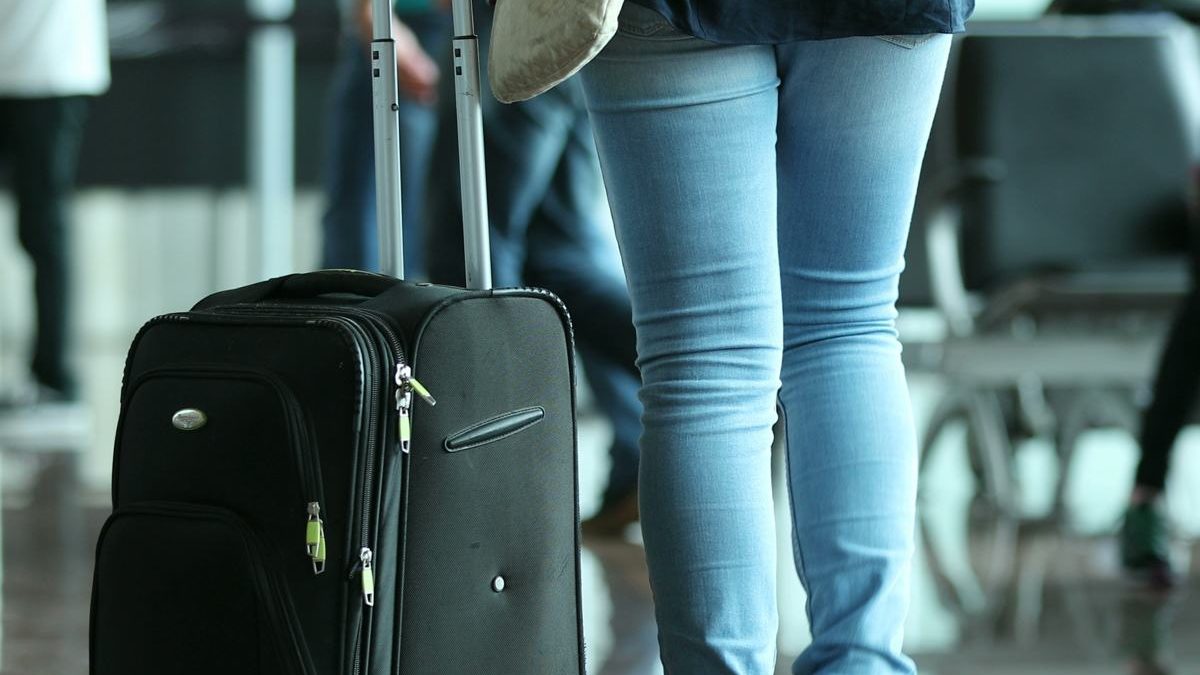The traveling process may bring you some pleasure and make you feel wonderful, but in addition it presents some serious troubles when you have urinary incontinence. These are the cases where an individual is not able to hold their bladder in a way that leaks may happen involuntarily. You shouldn’t be scared and think that there are too many obstacles in your path because of this. The passage is going to present you with some simple tips and tricks that you can use while traveling with urinary incontinence to make your trips comfortable and minimizing stress.
Table of Contents
1 – Reduce your consumption of high-liquid and bladder-irritant foods
It is essential to be well-hydrated when your on the road, but this can begin to strain your bladder and increase the odds of any such urinary occurrences. Conversely, attempt to cover your fluid intake with small amounts evenly throughout the day and eradicate the practice of downing large quantities at a go. A good idea would be to invest in a refillable water bottle because it is easier to keep track of your consumption and prevent its excessive intake.
2 – Make a Plan for Restroom Breaks
One way to ensure a smoother travel experience is to plan frequent restroom breaks ahead of time. This will help you feel more at ease knowing that you have access to a bathroom whenever needed. You can research rest areas along your route or make sure there are nearby facilities at your destination. Check out mapping programs or helpful apps that give you a clear guide to restrooms in every region of the country before you start your trip.
3 – Bring Along Extra Incontinence Supplies
Pack enough absorbent underwear, adult diapers, or pads for the entire duration of your trip. Not only should you bring enough for each day, but it is wise to bring extra in case of emergencies or delays. You don’t want to run out while exploring a new city. Also, consider bringing disposable bed pads if you are unsure about the quality of hotel bedding. This will help provide peace of mind and protect against any leaks. In addition to these essential supplies, it also helps to carry odor-absorbing products with you just in case.
4 – Carry a Change of Clothes and Protection
You should have a small bag with you every time, which should have a set of clothes which is fully appropriate to the climate and to the position you are at. Some might think this obvious, but not all bear in mind that the number one priority for plane travel is having extra clothes in your bag. That way, a replacement set of pants or a skirt will be available along with several pairs of underwear and socks. In the event that you incorporate it into your look and for some reason you won’t be needing it, this emergency change will certainly give you a peace of mind when on the go.
5 – Ask Your DOctor About Other Medical Options Besides Surgery.
Your doctor will be able to tell you what type and level of incontinence you have and whether you specific measures or treatment (before your next trip) need to be taken. Such visits might, additionally, be about helping patients with the medications options, like those that may decrease urinary frequency or urge, as well as with the strategy of dealing with the complications in future times. If urban travel is taking its toll on you and making you somewhat tensed, the best thing to do could be to opt for a temporary measure that may come in handy for uncontrollable situations.

